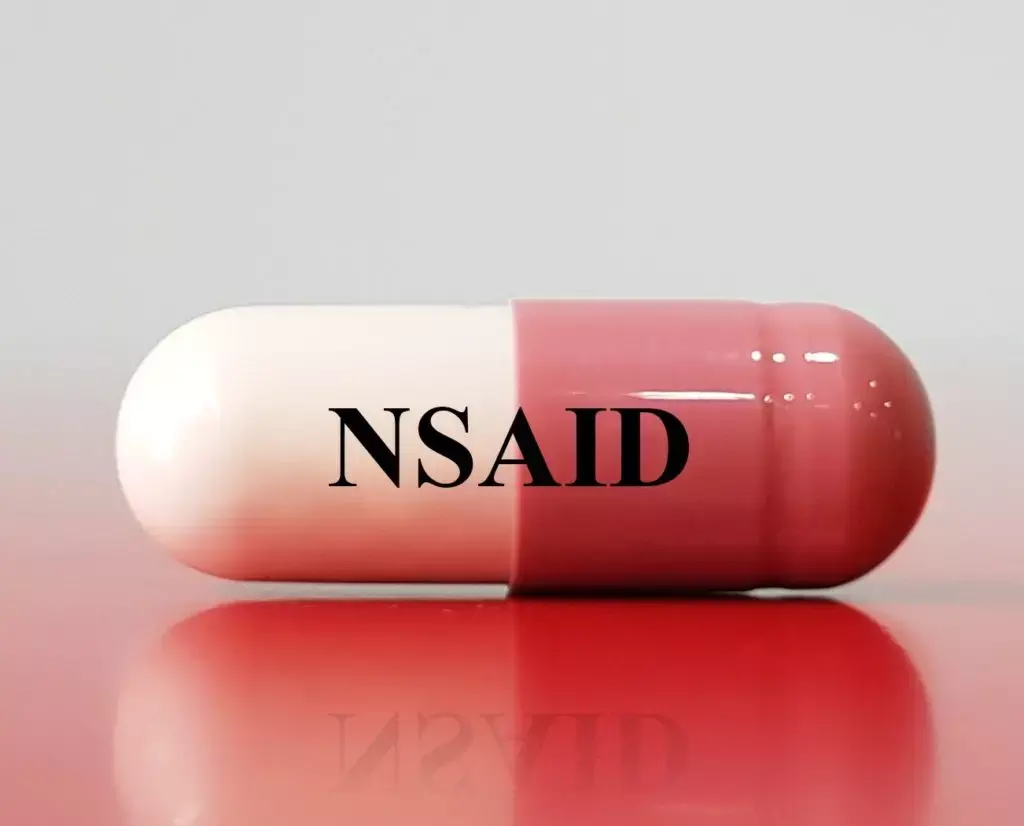- Home
- Medical news & Guidelines
- Anesthesiology
- Cardiology and CTVS
- Critical Care
- Dentistry
- Dermatology
- Diabetes and Endocrinology
- ENT
- Gastroenterology
- Medicine
- Nephrology
- Neurology
- Obstretics-Gynaecology
- Oncology
- Ophthalmology
- Orthopaedics
- Pediatrics-Neonatology
- Psychiatry
- Pulmonology
- Radiology
- Surgery
- Urology
- Laboratory Medicine
- Diet
- Nursing
- Paramedical
- Physiotherapy
- Health news
- Fact Check
- Bone Health Fact Check
- Brain Health Fact Check
- Cancer Related Fact Check
- Child Care Fact Check
- Dental and oral health fact check
- Diabetes and metabolic health fact check
- Diet and Nutrition Fact Check
- Eye and ENT Care Fact Check
- Fitness fact check
- Gut health fact check
- Heart health fact check
- Kidney health fact check
- Medical education fact check
- Men's health fact check
- Respiratory fact check
- Skin and hair care fact check
- Vaccine and Immunization fact check
- Women's health fact check
- AYUSH
- State News
- Andaman and Nicobar Islands
- Andhra Pradesh
- Arunachal Pradesh
- Assam
- Bihar
- Chandigarh
- Chattisgarh
- Dadra and Nagar Haveli
- Daman and Diu
- Delhi
- Goa
- Gujarat
- Haryana
- Himachal Pradesh
- Jammu & Kashmir
- Jharkhand
- Karnataka
- Kerala
- Ladakh
- Lakshadweep
- Madhya Pradesh
- Maharashtra
- Manipur
- Meghalaya
- Mizoram
- Nagaland
- Odisha
- Puducherry
- Punjab
- Rajasthan
- Sikkim
- Tamil Nadu
- Telangana
- Tripura
- Uttar Pradesh
- Uttrakhand
- West Bengal
- Medical Education
- Industry
Selective and non-selective NSAIDs equally effective for preventing heterotopic ossification after THA

Some patients have demonstrated evidence of heterotopic ossification (HO) following total hip arthroplasty (THA). Selective and non-selective non-steroidal anti-inflammatory drugs (NSAIDs) are used as prophylaxis for HO following THA. A meta-analysis by Migliorini et al compared selective versus non-selective NSAIDs as prophylaxis for HO following THA.
NSAIDs are typically divided into groups based on their cyclooxygenase (COX) selectivity: non-selective NSAIDs are directed to both COX-1 and COX-2, and selective NSAIDs are directed specifically to COX-2. Indomethacin is the NSAID most frequently used as prophylaxis for HO. Other non-selective NSAIDs such as ketorolac, acetylsalicylic acid, meloxicam, naproxen, ibuprofen, and diclofenac have also been employed successfully. Gastrointestinal complications are the most common reason for therapy discontinuation in patients treated with non-selective NSAIDs. Given their lack of interactions with platelet aggregation and gastrointestinal complications, selective NSAIDs are effective treatment alternatives to nonselective NSAIDs.
The study was conducted according to the PRISMA 2020 guidelines.
P (population): patients following THA
I (intervention): prophylaxis of HO
C (comparison): selective versus non-selective NSAIDs
O (outcomes): Brooker classification
All the clinical investigations comparing selective versus non-selective NSAIDs as prophylaxis for HO following THA were accessed. An assessment of the methodological quality and statistical analyses were performed through the risk of bias summary tool of the Review Manager 5.3 software. The modified Brooker staging system was used to rate the efficacies of the interventions.
The results of the study were:
• Data from 8 studies and 1526 patients were collected.
• 60.8% were female.
• No difference was found in the sample size, mean age, and percentage of females between the two groups at baseline.
• No statistically significant difference was found between selective and non-selective NSAIDs in term of efficacy.
• 72% (1078 of 1502) of the patients were classified as Brooker 0,
21% (322 of 1502) as Brooker I,
5% (80 of 1502) as Brooker II,
1% (16 of 1502) as Brooker III, and
0.1% (2 of 1502) as Brooker IV.
The authors concluded that - Selective and non-selective NSAIDs were equally effective when used as prophylaxis for HO following THA.
Level of evidence: Level III, systematic review and meta-analysis.
Further reading:
Selective versus non-selective NSAIDs as prophylaxis for heterotopic ossification following hip arthroplasty: a meta-analysis
Migliorini et al.
Journal of Orthopaedics and Traumatology (2022) 23:30
https://doi.org/10.1186/s10195-022-00646-7
MBBS, Dip. Ortho, DNB ortho, MNAMS
Dr Supreeth D R (MBBS, Dip. Ortho, DNB ortho, MNAMS) is a practicing orthopedician with interest in medical research and publishing articles. He completed MBBS from mysore medical college, dip ortho from Trivandrum medical college and sec. DNB from Manipal Hospital, Bengaluru. He has expirence of 7years in the field of orthopedics. He has presented scientific papers & posters in various state, national and international conferences. His interest in writing articles lead the way to join medical dialogues. He can be contacted at editorial@medicaldialogues.in.
Dr Kamal Kant Kohli-MBBS, DTCD- a chest specialist with more than 30 years of practice and a flair for writing clinical articles, Dr Kamal Kant Kohli joined Medical Dialogues as a Chief Editor of Medical News. Besides writing articles, as an editor, he proofreads and verifies all the medical content published on Medical Dialogues including those coming from journals, studies,medical conferences,guidelines etc. Email: drkohli@medicaldialogues.in. Contact no. 011-43720751


